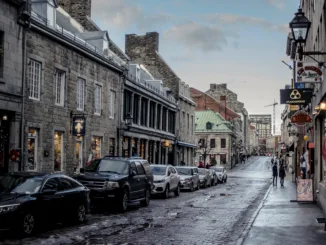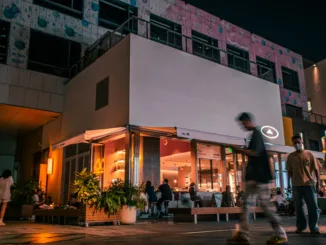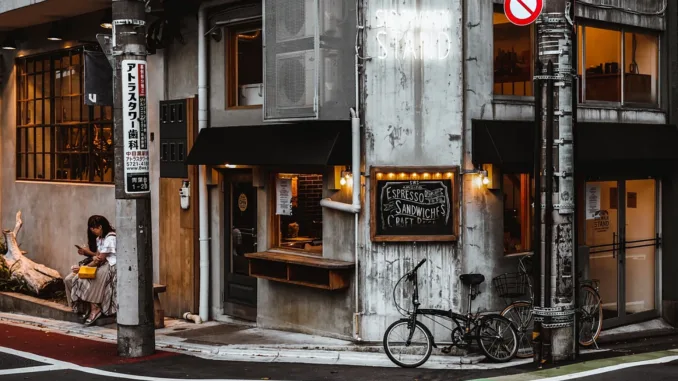
We continue our discussion on the intersection of specialty coffee and gentrification.
BY EMILY JOY MENESES
BARISTA MAGAZINE ONLINE
Welcome to part two of “Let’s Talk About: Gentrification,” an article series where we explore how specialty-coffee shops have played a role in gentrification and how coffee professionals today can be more aware of and proactive about the issue.
In part one, we defined gentrification and studied how the evolution of the café led to early forms of gentrification in Europe. Today, we’ll discuss how this history applies to the modern world and discuss ways in which cafés can be more inclusive to their neighborhoods’ existing communities.
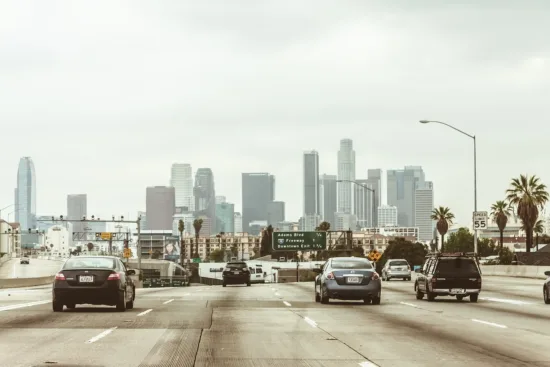
Acknowledging the Issue: Why It Matters
When thinking about specialty coffee and gentrification, it’s important to acknowledge the issue in the first place—rather than acting as if it doesn’t exist. And for those asking why it matters, it’s important to consider the people (often families) who have been displaced because of gentrification.
With many new coffee shops sprouting up every single day, we should stop and consider what existed there before and what communities have been in that area for generations—and how our actions and presence will impact them.
Inclusivity Vs. Exclusivity
Dennis “Cody” Cote, who has worked in coffee since 2001 and wrote their master’s thesis about the intersection of specialty coffee and gentrification, highlights the ways in which specialty-coffee shops, whether intentionally or not, can propel gentrification by “gatekeeping” their establishments. Cody points to how, through different ways of operating, many coffee shops end up alienating existing communities.
“In Portland, there’s a movement to reverse the negative effects of gentrification by drawing back (BIPOC) communities through adding (more affordable) housing,” they explain. “But a community is not simply a place where people live in their homes. It’s a vibrant space that requires interaction. However, many times, cafés have a way of ‘gatekeeping’ people who aren’t like their usual clientele.”
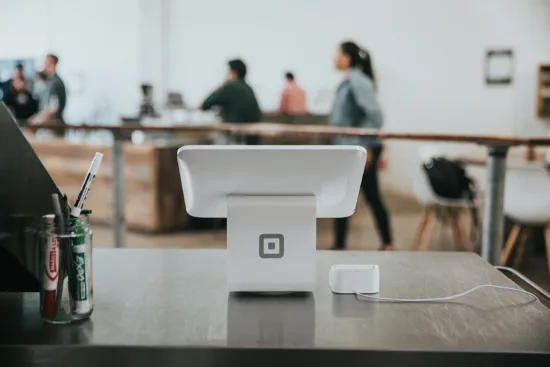
Cody goes on to describe these forms of gatekeeping, specifically pointing to how some cafés are choosing to go cashless. “One thing that comes to mind is that some (coffee shops) are credit/debit card only,” Cody explains. “Nearly a third of the BIPOC (community) doesn’t have a credit or debit card. This is either because they can’t open a banking account, or they don’t have the minimum credit score. Sometimes, people don’t have the required documentation. Should all of this mean that you can’t purchase a cup of coffee with cash?”
Considering Cultural Differences
Cody also points out how it’s important to note certain cultural differences when operating a coffee shop—for example, noticing that not all cultures consume dairy.
“Another point that comes to mind is that cafés (often) have a surcharge for dairy alternatives. … For many people, not drinking dairy is not a choice but a biological necessity based upon race. Charging more for dairy alternatives is at the intersection of racism and ableism,” Cody shares.
Keeping Cody’s points in mind, it’s important for those working in specialty coffee to reflect on whether the practices of their businesses are welcoming of existing communities, or subtly pushing them out.
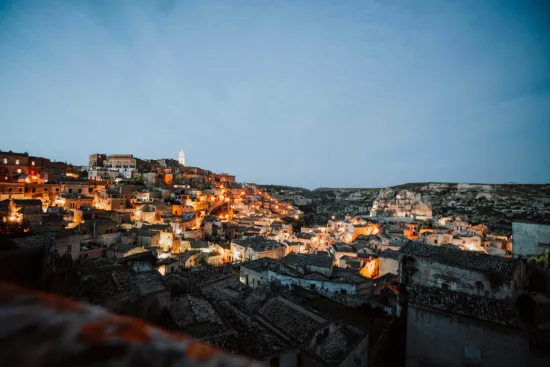
Understanding and Using Your Privilege
What advice can be given for café owners who are becoming aware of the issue of gentrification but don’t know where to begin combating it? Cody says getting started is as simple as acknowledging your privilege: “Everyone has to take responsibility for how they are participating in gentrification, a process of displacement.“
ABOUT THE AUTHOR
Emily Joy Meneses (she/they) is a writer and musician based in Los Angeles. Her hobbies include foraging, cortados, vintage synths, and connecting with her Filipino roots through music, art, food, and beverage.
Subscribe and More!
As always, you can read Barista Magazine in paper or digital format. Read the October + November 2024 issue for free with our digital edition.
And for more than three years’ worth of issues, visit our digital edition archives here.



